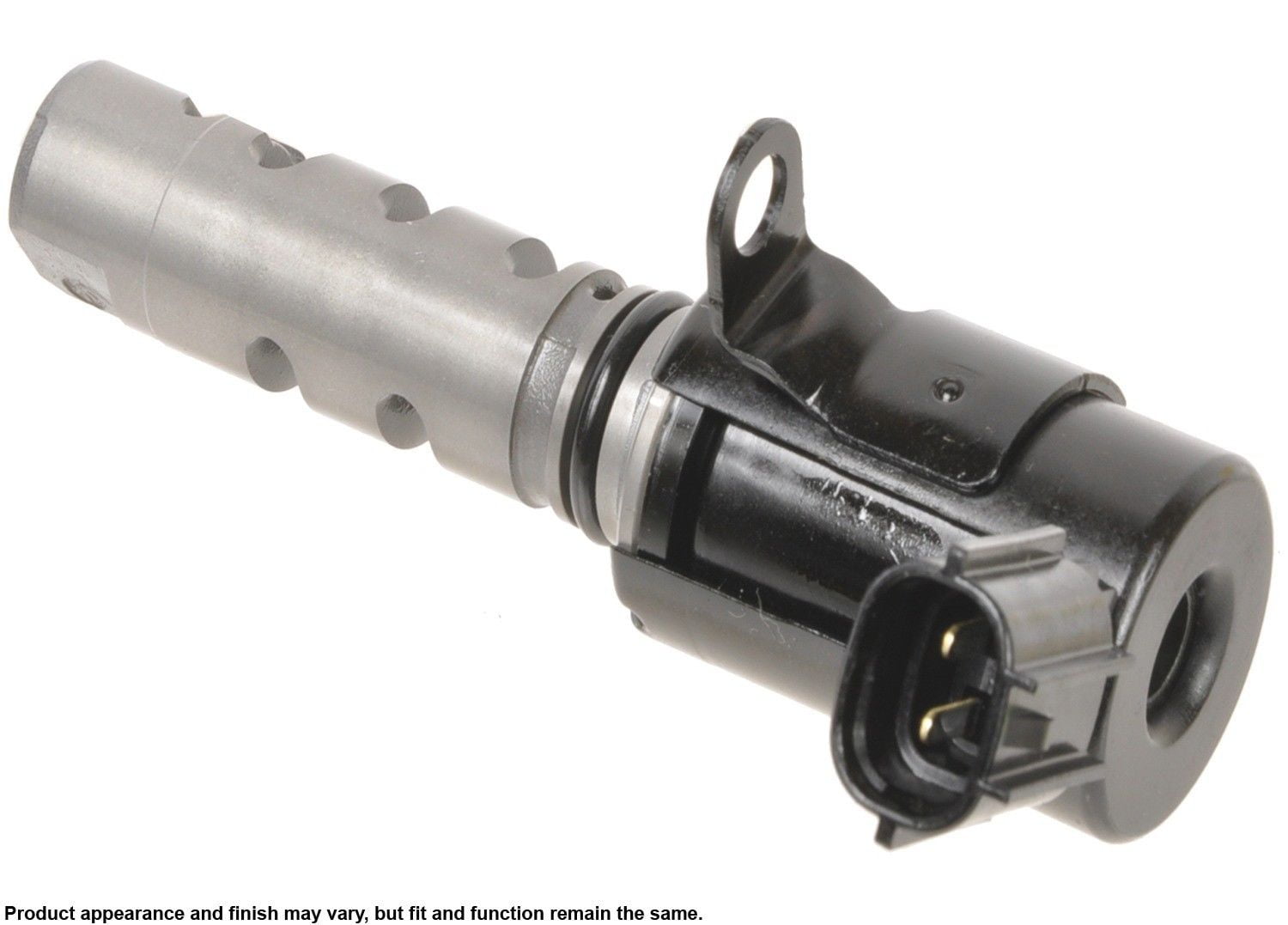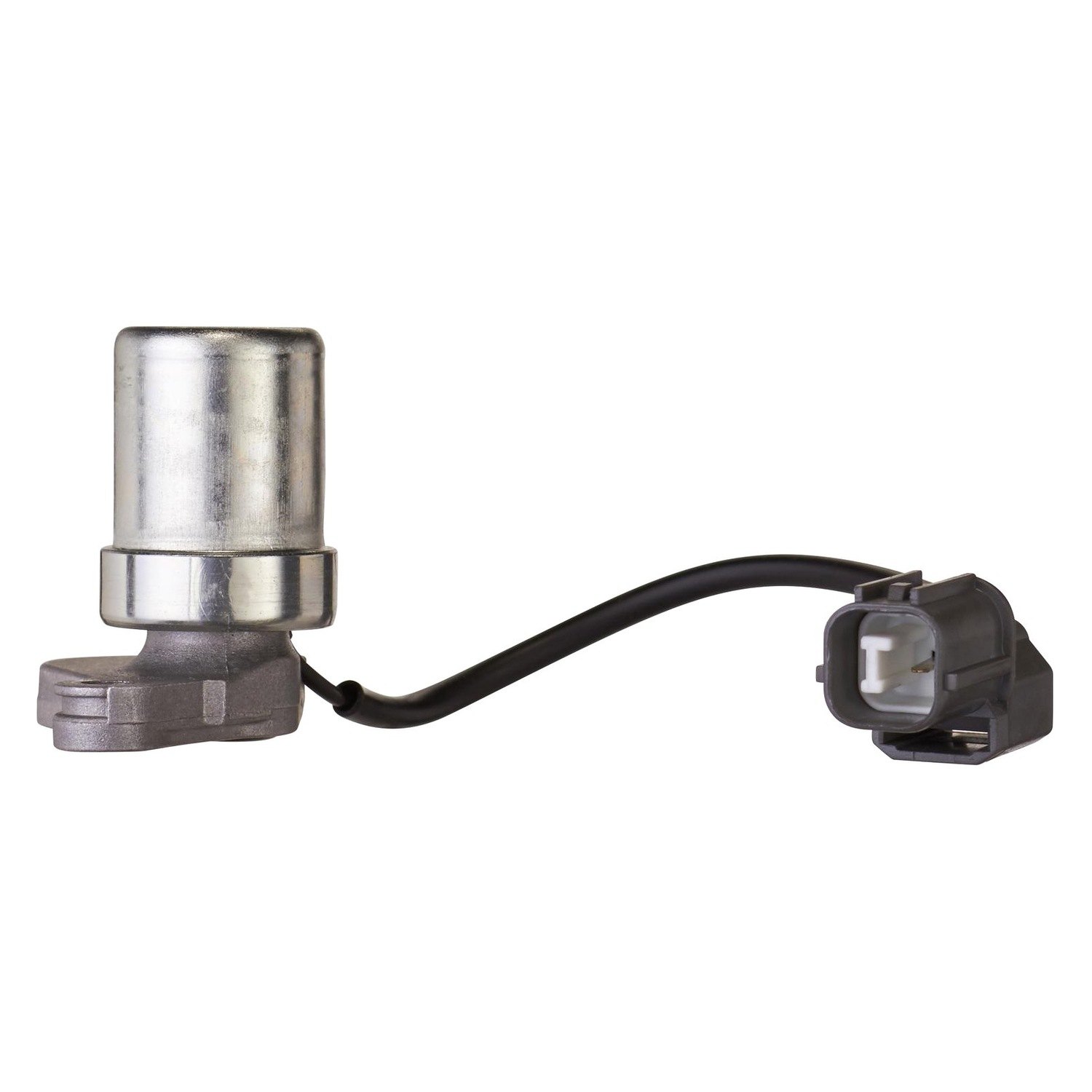

The waveform below, image 5, shows the change in camshaft position when the Variable Valve Timing solenoid is supplied with a constant live. It must be noted that the solenoid valve has a constant ground and is controlled on the positive side. The table below shows the signal being displayed on each channel: Channel Numberįrom the waveform above we can see the Variable Valve Timing solenoid valve has a low duty cycle, approximately 10% actuation. Image 4 shows the expecting waveform with the engine idling.

This test can be used to inspect the valve timing as well as detecting issues with cylinder sealing. In-Cylinder Pressure TestingĪ pressure transducer can be used to analyze the in-cylinder conditions with the engine running. Which is key to testing the dynamic valve timing of the engine. The waveform can be used to validate the operation of the entire variable valve timing circuit, not only electrically but also mechanically and hydraulically. The camshaft can be retarded by a range between 10-30° of crank angle rotation. The waveform, Image 3 below, shows the same trace during the actuator test. The phonic wheel for detecting the crankshaft speed and position has 34 teeth with two missing teeth to indicate crankshaft position with respect to Top Dead Center (TDC). With the engine at operating temperature and the engine idling, the ignition advance angle will be approximately 6 to 8° of crank angle rotation before Top Dead Center. The ignition coil trace is used as a trigger to capture the waveform and to reference cylinder position. The table below shows the signal being displayed on each channel: Channel Number Image 2 presents a waveform that shows a trace at idle with 0% actuation of the exhaust solenoid. Using an oscilloscope the technician can view the actual change in camshaft position with respect to the crankshaft and the camshaft which hasn’t been actuated. See image 1 below:ĭuring actuation of the solenoid valve it can be seen that the engine speed dropped to 587 Revolutions per Minute (RPM), the Electronic Throttle Control system increased the engine speed to prevent a stall so the engine speed increased to 812 RPM before stabilizing at 737 RPM when the actuator test finished. During the functional test, the technician is presented with data. For the purpose of this article the exhaust camshaft timing control solenoid has been actuated. This particular Toyota Auris (Corolla) with a 1NR-FE engine has variable valve timing on both intake and exhaust camshafts.

To demonstrate let’s take a look at an example. Using an actuator test a technician can actuate a variable valve timing solenoid and observe a change in the audible note of the engine and/or a change in engine speed. By altering when the valves open and close you can optimize the performance of the engine. The purpose of variable valve timing (VVT) is to help increase the engine’s volumetric efficiency and limit the exhaust gasses produced by the vehicle.

Such conditions can be difficult to diagnose without the correct equipment. Sometimes a vehicle will suffer from driveability issues and fault codes relating to valve timing.


 0 kommentar(er)
0 kommentar(er)
